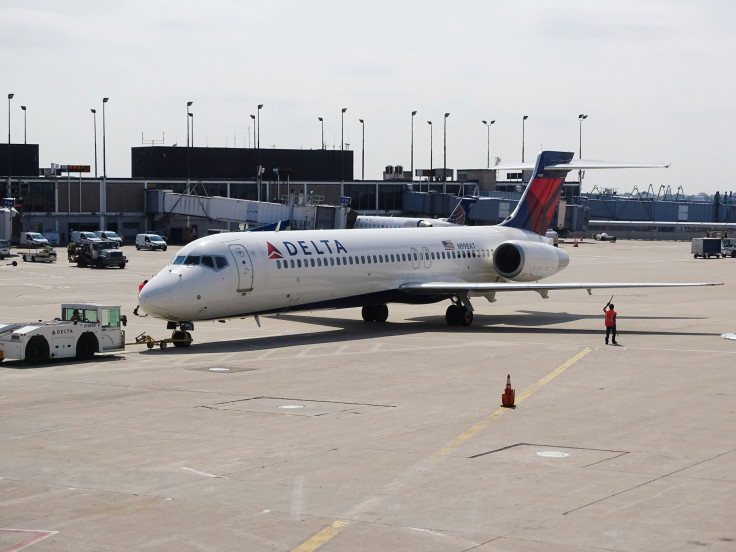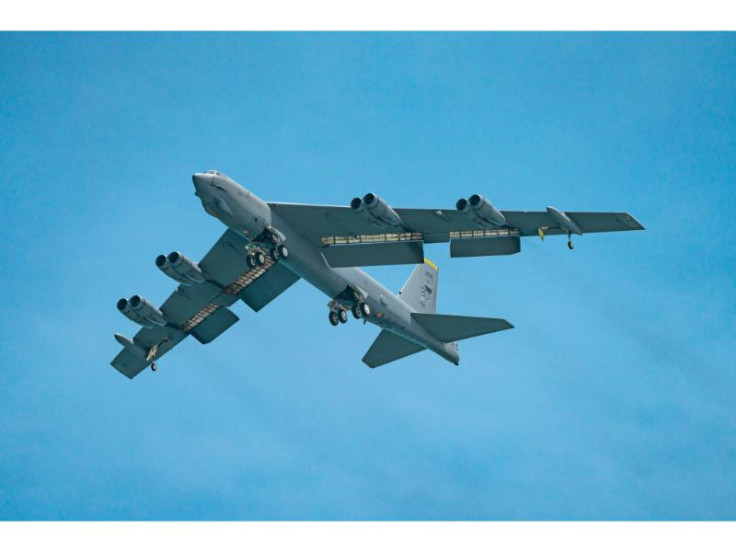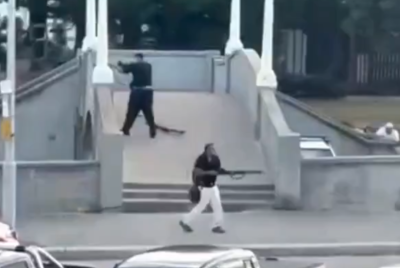Delta Plane Crash Avoided As Pilot Performed Aggressive 'Go Around' To Avoid B-52 Bomber
SkyWest Flight 3788 narrowly avoided a mid-air collision with a B-52 bomber during approach to Minot Airport

A serious mid-air incident was narrowly avoided on 18 July 2025 when a Delta Connection flight was forced into a sudden go-around to avoid a collision with a US Air Force B-52 bomber. The incident took place near Minot International Airport, North Dakota, during the final approach of SkyWest Flight 3788, operating for Delta using an Embraer E175 aircraft.
According to initial reports, the civilian jet had been cleared to land when the pilot unexpectedly spotted a B-52 bomber entering the same airspace from a converging angle. With no prior warning, the pilot executed what passengers later described as an 'aggressive manoeuvre' to avoid the military aircraft. The flight circled and landed without further issue. No injuries were reported.
Military Flyover Causes Civilian Airspace Conflict
The B-52 Stratofortress involved in the near miss was reportedly assigned to Minot Air Force Base and engaged in a scheduled rehearsal for a flyover linked to the North Dakota State Fair, AP News reported. However, the Delta flight crew had not been briefed on the military operation by air traffic control.
Following the incident, the Delta pilot apologised to passengers over the intercom, saying, 'Sorry about the aggressive manoeuvre. It caught me by surprise... they didn't give us a heads up'. A passenger's recording of the announcement has since circulated on social media, drawing attention to gaps in communication between civilian and military aviation authorities.
FAA and Airline Launch Safety Investigations
The Federal Aviation Administration (FAA) has opened an investigation into the incident. SkyWest Airlines has also confirmed an internal safety review is underway. Minot International Airport, which relies on a privately operated control tower without dedicated radar, has been criticised for lacking real-time visibility over incoming traffic, according to The Guardian.
In a statement to ABC News, the US Air Force acknowledged the B-52 was following a pre-approved flight path. However, it noted that the crew was not informed of any inbound civilian aircraft by air traffic control. Aviation experts suggest the lack of radar and poor coordination contributed to the near collision.
Aviation safety experts have long warned that radar blind spots and fragmented jurisdiction between military and civilian sectors create potential gaps in airspace oversight, particularly near joint-use or adjacent airfields.

Calls for Radar Investment and Airspace Reform
The B-52 bomber, with its large frame and limited manoeuvrability, presents particular risks when operating in shared airspace, according to 1News. While go-arounds are standard in aviation, the severity of this incident has sparked renewed concern about ageing radar systems and insufficient coordination protocols at regional airports.
Similar concerns have been raised by UK and European regulators, who have flagged the dangers of congested or overlapping airspace near military bases. In the UK, the Civil Aviation Authority (CAA) continues to advocate for better radar infrastructure and unified communication procedures between civil and military aviation sectors.
Thanks to the swift action of the Delta pilot, a potential tragedy was averted. The event has reignited debate about air traffic control practices and the pressing need for modernised radar and staffing at smaller but strategically important airports.
With the FAA investigation ongoing, aviation unions and safety groups are calling for systemic improvements to reduce the risk of similar incidents in the future.
© Copyright IBTimes 2025. All rights reserved.





















